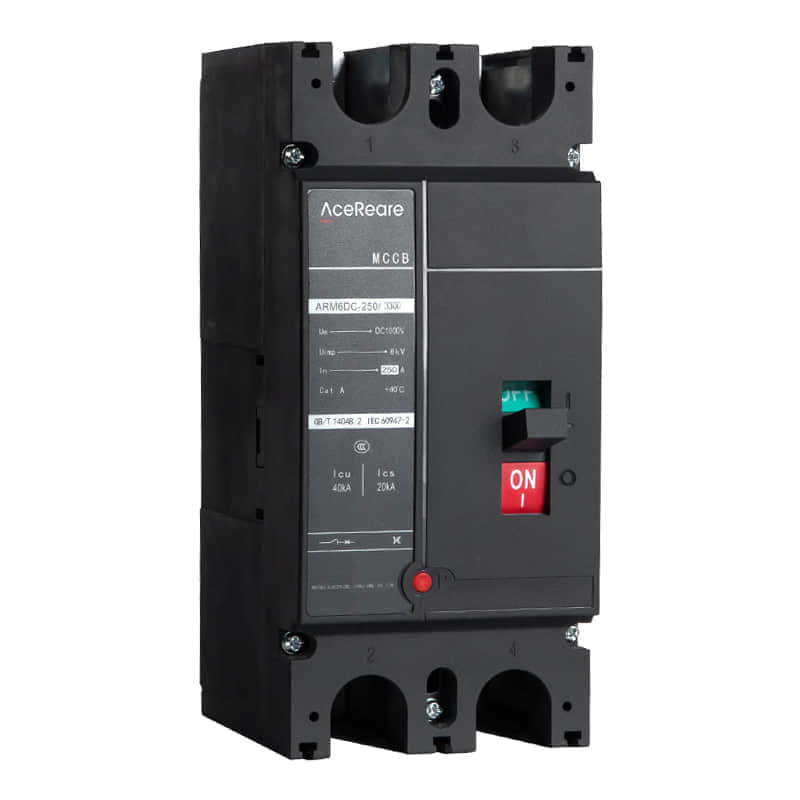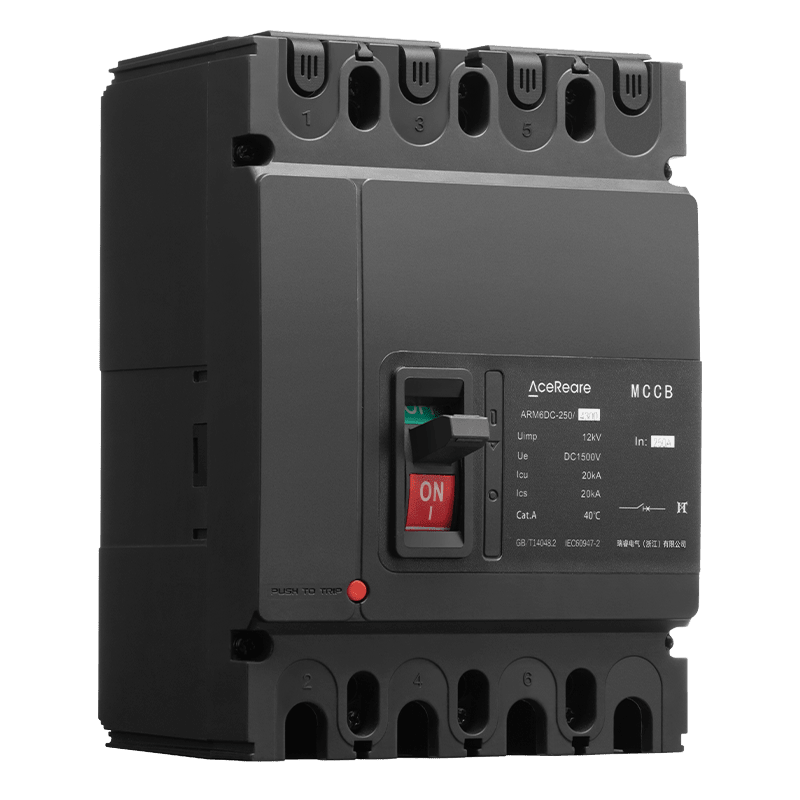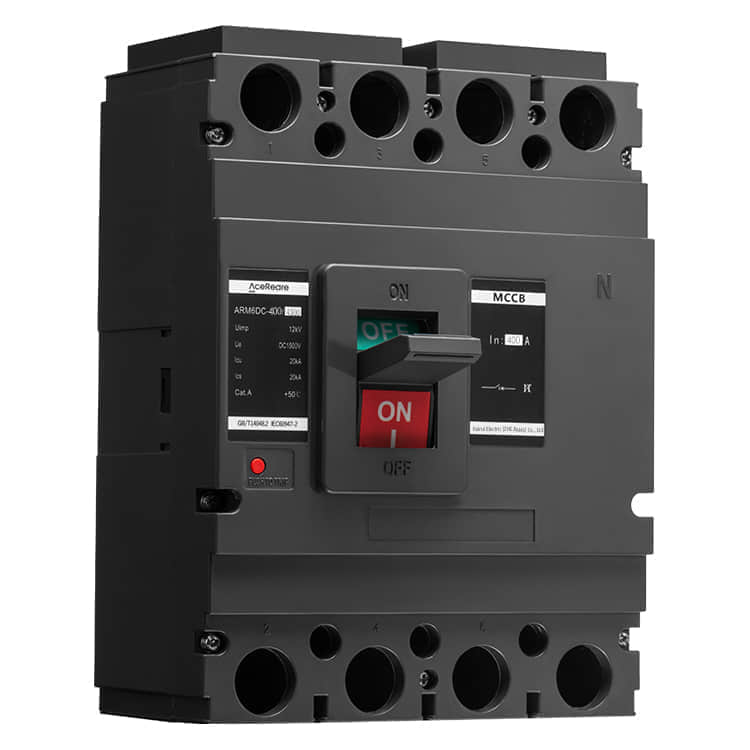In recent years, the increasing adoption of solar photovoltaic (PV) systems has revolutionized the renewable energy landscape. However, as the demand for solar power grows, so do the challenges associated with efficient and safe energy distribution. One critical component that has emerged to address these challenges is the Photovoltaic DC Circuit Breaker. This innovative device plays a pivotal role in enhancing the reliability and safety of PV systems by effectively managing direct current (DC) flows. In this article, we will delve into the significance and advancements of Photovoltaic DC Circuit Breakers.

Importance of Photovoltaic DC Circuit Breakers

Solar energy conversion relies on the principle of generating DC electricity from sunlight. As multiple solar panels are connected in a series or parallel configuration to meet power requirements, the flow of DC current intensifies. This heightened current brings forth concerns related to overloads, short circuits, and other potential faults. Conventional circuit breakers designed for alternating current (AC) systems are not optimally suited to protect DC circuits, as they lack the ability to extinguish the DC arc that forms during a fault. Photovoltaic DC Circuit Breakers bridge this safety gap. They are specifically engineered to handle the characteristics of DC circuits, including the ability to interrupt high DC currents and safely extinguish DC arcs. This vital function prevents damage to the solar panels, associated components, and, most importantly, curtails the risk of fire hazards. Their application is indispensable in residential, commercial, and utility-scale solar installations. Advancements in Photovoltaic DC Circuit Breakers Recent years have witnessed remarkable advancements in Photovoltaic DC Circuit Breaker technology. These developments primarily focus on improving the efficiency, durability, and intelligence of the breakers. 1. Enhanced Efficiency:Modern Photovoltaic DC Circuit Breakers are designed with lower internal resistance, reducing power losses during normal operation. This advancement contributes to the overall energy efficiency of the PV system and ensures that a significant portion of the generated solar energy reaches its intended destination. 2. Increased Durability:Harsh environmental conditions, such as temperature variations and exposure to moisture, can affect the performance of circuit breakers over time. Advanced materials and encapsulation techniques have been integrated into Photovoltaic DC Circuit Breakers to enhance their durability and prolong their operational lifespan. 3. Intelligent Monitoring and Control:The integration of smart technologies has revolutionized the way Photovoltaic DC Circuit Breakers are managed. Real-time monitoring of current, voltage, and temperature allows for predictive maintenance and timely identification of any anomalies. Additionally, remote control features enable operators to manage and control circuit breakers from a central location, minimizing downtime and maintenance costs. 4. Arc Fault Detection:Arc faults are a significant concern in PV systems, as they can lead to fires. Some Photovoltaic DC Circuit Breakers are now equipped with advanced arc fault detection mechanisms that swiftly identify and respond to abnormal arc behavior, mitigating potential risks. Conclusion Photovoltaic DC Circuit Breakers represent a pivotal advancement in solar energy technology, ensuring the safe and efficient distribution of DC current in PV systems. With ongoing advancements focused on efficiency, durability, and intelligent control, these circuit breakers are poised to play a central role in shaping the future of solar energy. As the world strives towards a more sustainable energy landscape, the continued development of Photovoltaic DC Circuit Breakers will contribute significantly to the widespread adoption of solar power, making it more accessible, reliable, and secure than ever before.
